Fashion has long chased a narrow silhouette, but the tide is turning. Today, more designers, brands, and audiences are championing the confidence and charisma of curvy models. This shift isn’t just about widening the runway; it’s about redefining what beauty looks like and who gets to wear it.
What the Term Means
Curvy Models are professional models who represent a fuller, more varied body type, typically ranging from size 12 to 24 in U.S. sizing. Their presence challenges the historic Euro‑centric, ultra‑thin ideal and opens doors for a broader audience to see themselves reflected in fashion media.
Why Celebrate Curvy Models?
Celebrating these models does more than add visual variety. It fuels the Body Positivity movement, which promotes self‑acceptance and combats harmful diet culture. When a brand features a curvy model, it signals that confidence isn’t confined to a single shape.
Historical Milestones
The journey from marginalization to mainstream began in the early 2000s. Pioneers like Ashley Graham landed high‑profile campaigns for major retailers, proving that sales could soar when audiences felt represented. In 2015, the first dedicated Plus‑Size Fashion runway in New York showcased designers who built entire collections for larger silhouettes.
Modeling Agencies That Lead the Way
Not all agencies embrace inclusivity, but a growing few have built reputations around curvy talent. Modeling Agencies such as IMG Models' +Plus division and Beggars & Bloom have created dedicated rosters, offering curvy models the same professional support-training, casting calls, and contract negotiation-that traditionally‑sized models receive.
Runway Shows and Fashion Weeks
Runway inclusion is a visible barometer of progress. During the 2024 Fashion Week in Paris, designers like Molly Sandler featured curvy models in the front row, shifting the spotlight from tokenism to celebration. The effect ripples downstream: emerging designers feel empowered to design for all bodies from the start.
Social Media Influencers as Gatekeepers
Platforms like Instagram and TikTok have democratized influence. Social Media Influencers who specialize in curvy fashion-think Nikki R de Belle and Lindsay Ellison-share styling tips, promote inclusive brands, and cultivate communities that demand representation. Their engagement rates often outperform traditional campaigns, proving that authenticity drives commerce.
Brand Campaigns That Got It Right
When a brand invests in an inclusive Brand Campaign, the payoff is both ethical and financial. A 2023 study by McKinsey showed that companies with diverse representation in advertising saw a 20% lift in brand perception among Millennial and Gen Z shoppers. Campaigns from Aerie, ASOS Curve, and Dove’s Real Beauty line illustrate how curvy models can be the centerpiece of powerful storytelling.
Challenges Still Ahead
Despite progress, systemic hurdles remain. Many curvy models still face limited runway slots, lower pay, and fewer high‑budget editorial spreads. Agencies sometimes label them as “plus‑size” rather than “curvy,” reinforcing a separate category instead of integrating them fully.
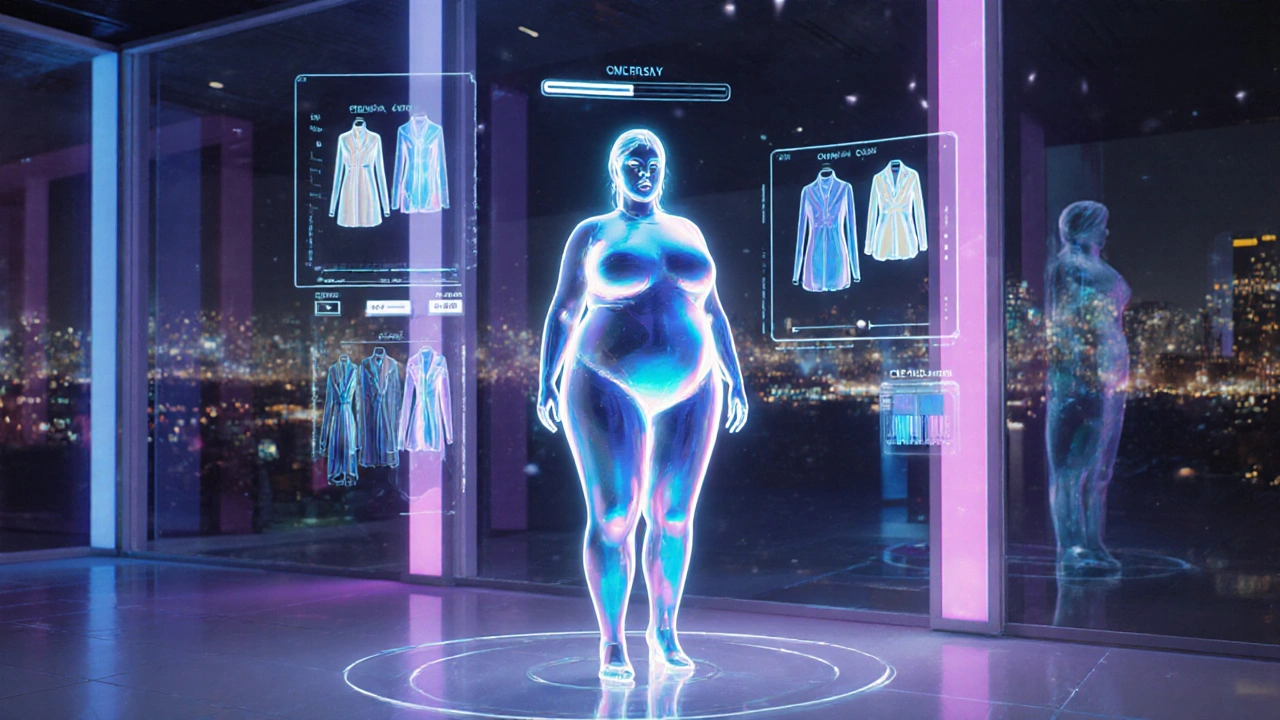
Comparison: Traditional vs Inclusive Fashion Industry
| Aspect | Traditional | Inclusive |
|---|---|---|
| Model Size Range | Size 0‑4 | Size 0‑24+ (curvy models included) |
| Runway Representation | d>Rarely curvy modelsRegular slots for curvy talent | |
| Advertising Reach | Limited to one body ideal | Broader audience appeal, higher engagement |
| Consumer Trust | Questionable among diverse shoppers | Stronger loyalty, especially Gen Z |
| Sales Impact | Steady but static | Up to 30% sales boost on inclusive lines |
How to Support Curvy Models
- Choose brands that feature curvy talent in their lookbooks and ads.
- Follow and engage with curvy influencers-likes, comments, and shares amplify their voice.
- Advocate for agencies that have transparent diversity policies.
- Share personal stories about why representation matters; authentic narratives drive change.
- Buy from designers who size‑grade their collections inclusively rather than offering separate “plus‑size” lines.
Future Outlook
Technology will play a bigger role. Virtual try‑on tools are being calibrated for a wider range of body types, meaning curvy models will not only walk the runway but also populate 3D storefronts. Moreover, legislative pushes in the UK and EU are encouraging transparent sizing standards, which should reduce the stigma attached to size labels.
Frequently Asked Questions
What defines a curvy model?
A curvy model is a professional model whose measurements fall outside the traditional runway standard, typically covering size 12 to 24 in U.S. sizing, and who works across editorial, commercial, and runway assignments.
Why is body positivity linked to curvy modeling?
Body positivity promotes acceptance of all shapes, and curvy models embody that principle by visibly proving that beauty isn’t confined to one size. Their presence helps dismantle harmful stereotypes and encourages healthier self‑image.
How can agencies become more inclusive?
Agencies can actively recruit curvy talent, provide equal pay, ensure diverse casting calls, and train staff on size‑inclusive styling. Transparent rosters and clear diversity goals also signal commitment.
Do curvy models earn the same as traditional models?
Pay gaps still exist, but high‑profile curvy campaigns have narrowed the divide. Negotiating contracts that specify equal rates for similar work is a growing practice among top agencies.
What brands are leading the inclusive movement?
Brands such as Aerie, ASOS Curve, Savage X, and Savage X Fenty consistently feature curvy models in major campaigns and have full‑range sizing from the start.
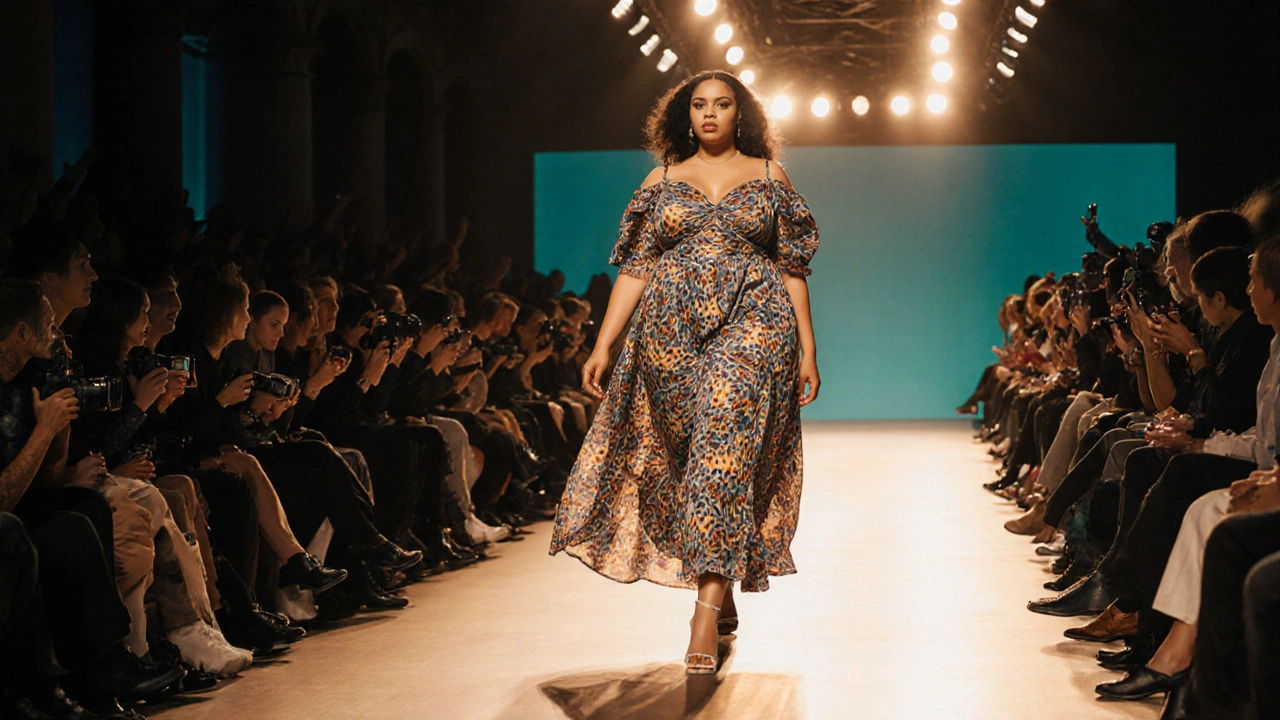
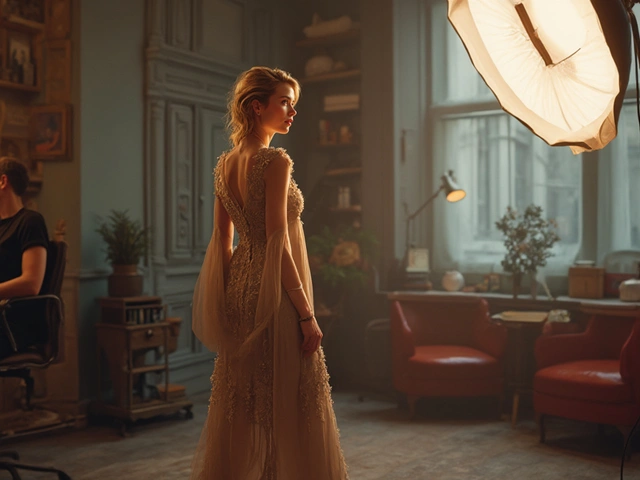
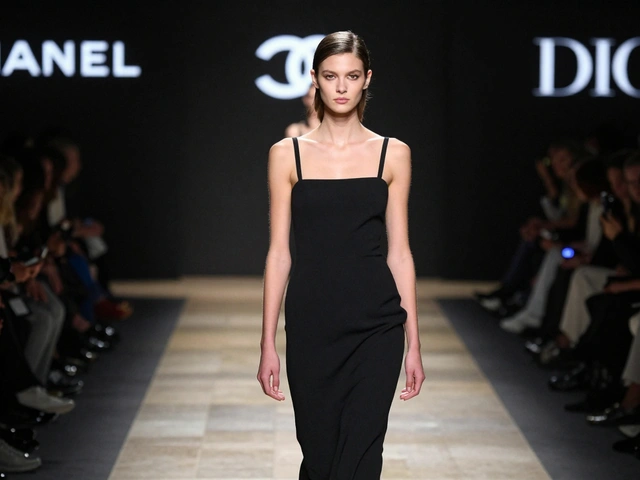

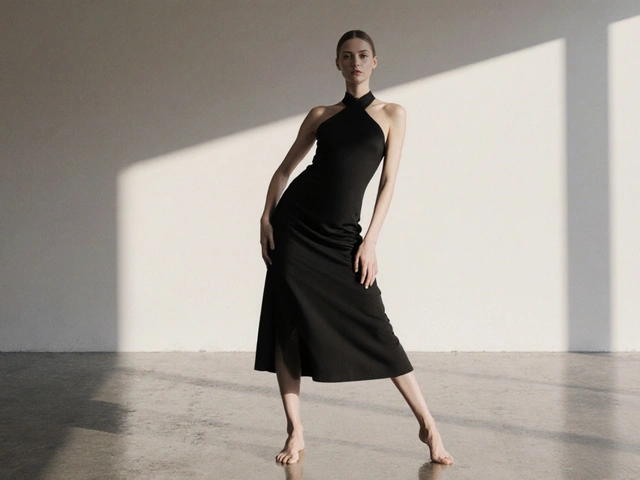
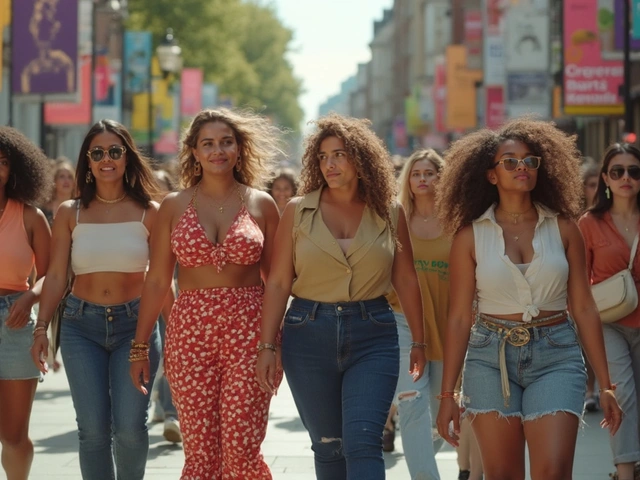
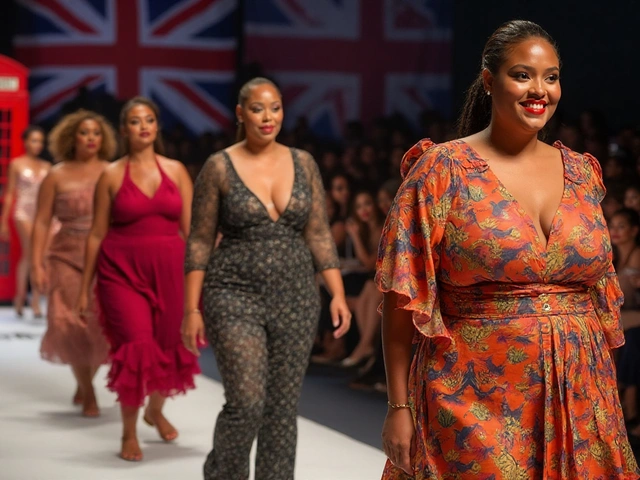
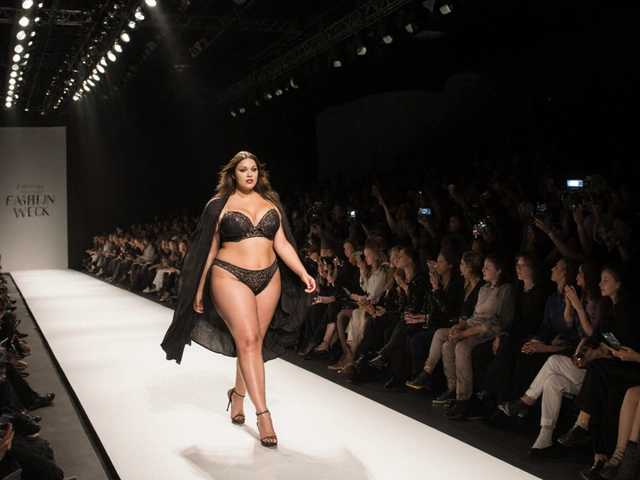
October 18, 2025 AT 18:30
Cindy Pino
The fashion elite has been orchestrating a covert agenda to monetize body positivity, masquerading as progress while preserving profit margins. They cherry‑pick a handful of curvy models to tokenise diversity, all the while ignoring systemic inequities. This charade is a calculated distraction from the deeper exploitation of labor behind the scenes. As a discerning observer I see the strings pulling this narrative. The industry’s claimed inclusivity is merely a veneer, a marketing stratagem designed to extract more spend from a demographic that finally feels seen. If you dig deeper you’ll find the same executives who once pushed size‑zero runways now sponsor plus‑size campaigns, proving the change is superficial at best. Don't be fooled by glossy ads; the power structures remain unchanged. Real transformation demands dismantling the gatekeepers, not diluting their image with a few curves. Remember, the same boards that dictate runway standards also set the pricing on every garment. Their objectives are profit, not empowerment.
October 19, 2025 AT 20:53
Nicholas Simbartl
I have been following the rise of curvy representation with a mix of cautious optimism and measured concern, and it is essential to unpack each layer of this phenomenon. First, the historical narrative of exclusion was not merely a stylistic choice but a manifestation of deeper cultural hierarchies that privileged certain body types above others. Second, the recent influx of plus‑size models on mainstage runways has, on the surface, signaled progress, yet the underlying mechanisms of casting often remain opaque. Third, agencies that tout inclusivity often still compartmentalise curvy talent into separate rosters, reinforcing a subtle segregation that undermines true integration. Fourth, consumer response to inclusive campaigns shows a measurable uptick in engagement, indicating that representation resonates beyond mere tokenism. Fifth, the financial metrics reported by brand analysts suggest that inclusive lines can boost sales by double-digit percentages, though these figures are sometimes inflated by short‑term marketing spikes. Sixth, it is crucial to recognize that many curvy models still confront disparities in remuneration, with pay gaps persisting despite comparable exposure. Seventh, the role of social media influencers in this shift cannot be overstated; they act as both amplifiers and gatekeepers, shaping audience perception through curated narratives. Eighth, legislative efforts in certain jurisdictions aim to impose transparency standards on sizing, which could further democratise the marketplace. Ninth, designers who embed size‑inclusive philosophy from the inception of a collection tend to produce more authentic representations, avoiding the pitfalls of after‑the‑fact adjustments. Tenth, the intersectionality of race, gender, and size adds additional layers of complexity that the industry must address holistically. Eleventh, education around body positivity within fashion curricula is gradually emerging, fostering a new generation of creators who value diversity intrinsically. Twelfth, collaborations between mainstream brands and curvy-focused labels have yielded innovative design solutions that challenge conventional silhouettes. Thirteenth, the psychological impact on consumers, particularly young people, includes increased self‑esteem and reduced internalised stigma, a social benefit that transcends profit motives. Fourteenth, ongoing research into consumer behaviour suggests that authenticity, rather than mere representation, drives long‑term loyalty. Finally, while the momentum is undeniable, sustained vigilance is required to ensure that progress does not stall or revert, making continuous dialogue and accountability indispensable.
October 21, 2025 AT 02:03
nested bean
I love how this piece breaks down the history and the current landscape of curvy modeling. It’s encouraging to see both data and personal stories highlighted, because numbers alone don’t capture the full experience. The mention of agencies like IMG’s +Plus division shows that concrete steps are being taken, not just lofty ideas. If more brands follow this roadmap, the ripple effect could be huge for everyday shoppers who finally feel seen.
October 22, 2025 AT 04:26
Dillon Diaz
The push for curvy representation is admirable yet often serves as a veneer for capitalist gain; true equality demands dismantling entrenched hierarchies, not merely re‑branding them.
October 23, 2025 AT 09:36
David Perz
From a cultural perspective, inclusion of curvy models enriches the visual narrative of fashion, reflecting the diverse tapestry of our societies. Agencies that actively recruit and support curvy talent help bridge the gap between runway fantasies and everyday reality. Moreover, designers who embrace full‑range sizing from the start avoid the token‑add‑on approach that feels insincere. Consumers respond positively when they see authentic representation, which translates into stronger brand loyalty. Finally, educators should incorporate these developments into fashion curricula, ensuring upcoming professionals value diversity as a core principle.
October 24, 2025 AT 12:00
Nicholas F
One must contemplate, with a certain theatrical flair, the philosophical underpinnings of beauty as a social construct; the curvy movement, in its essence, challenges this very construct, daring us to reconsider the parameters we have long accepted as immutable. It is, perhaps, a renaissance of the self, a rebirth of the body as a canvas upon which culture paints its aspirations; yet, amidst this renaissance, the commercial engines continue to spin, relentless in their pursuit of profit, ever‑watchful of market trends, ever‑ready to co‑opt any emergent narrative that promises revenue. The irony, therefore, lies not merely in the inclusion of larger silhouettes but in the commodification of authenticity, the packaging of empowerment as a product, the selling of confidence in exchange for consumption. In this intricate dance, the models themselves become both muse and merchant, symbols of progress and also participants in a system that paradoxically sustains the very exclusions it claims to dissolve. Thus, we are left to ask: does representation, when filtered through the lens of capitalism, retain its revolutionary potency, or does it become a palatable garnish, an aesthetic enhancement that ultimately leaves the underlying structures untouched? The answer, dear reader, is as complex as the curves that now grace the catwalks, as layered as the fabrics that drape these bodies, and as elusive as the fleeting applause that follows each runway stride.
October 25, 2025 AT 17:10
Autumn Grace
Nice work, but let's keep it real.
October 26, 2025 AT 18:33
Laura Szabó
This article really captures why representation matters; thanks for shedding light on the progress and the work still needed.